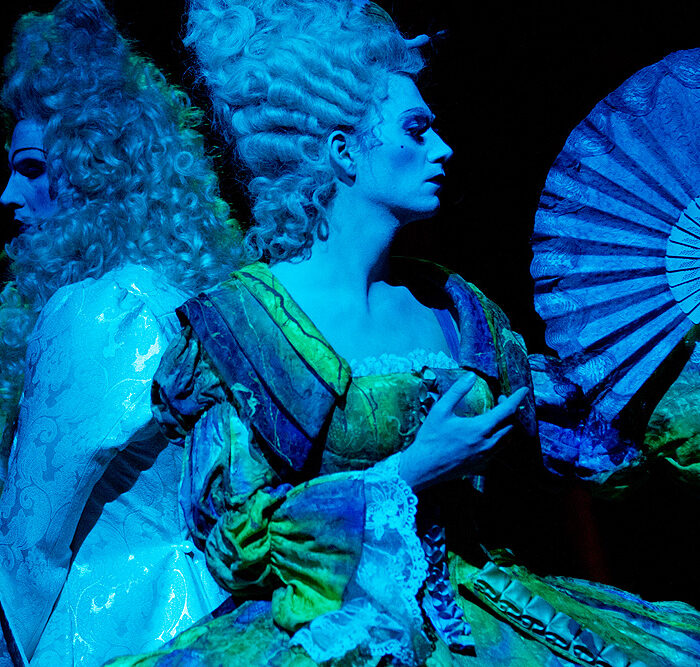
Artist Profile: Amelita Galli-Curci, A Legend From the Early 20th Century
By David SalazarItalian soprano Amelita Galli-Curci is one of the most renowned and popular singers from the very start of the 20th century.
She was born on Nov. 18, 1882, in Milan where she studied piano at the conservatory. By age 16, she was offered a professorship. She eventually trained as a singer, claiming to be largely self-trained.
In 1906, she appeared in Verdi’s “Rigoletto” at Trani, marking her operatic debut. From there she became a major star, touring around Europe and South America. She arrived in the U.S. in 1916 without much fame, but after her debut in Illinois, she was offered a contract with the Chicago Opera Association and later signed a recording contract with the Victor Talking Machine Company. She made her Met debut in 1921 and remained with the company until her retirement almost a decade later.
In 1930, she retired from the opera stage and focused mainly on concert performances. However, she struggled with her vocal form and even underwent surgery in 1935 to remove a thyroid goiter.
She would make a return to opera in 1936 in “La Bohème,” though it was far from a success. She instead dedicated herself to teaching until she died at age 81 in 1963.
Signature Roles
A coloratura soprano, she made many of her prominent debuts as Gilda in “Rigoletto.” Her Met career could be defined by four roles – Gilda, Violetta in “La Traviata,” “Lucia di Lammermoor,” and Rosina in “Il Barbiere di Siviglia.” She did perform other roles but these were the heavy hitters for her during those nine years in New York.
Read More on Galli-Curci
Three Moments of Musical Genius
Watch and Listen
Here are excerpts from some of her finest recordings.
Categories
Opera Wiki

